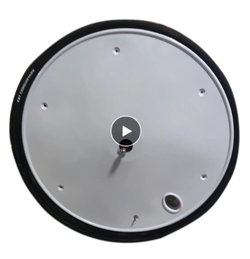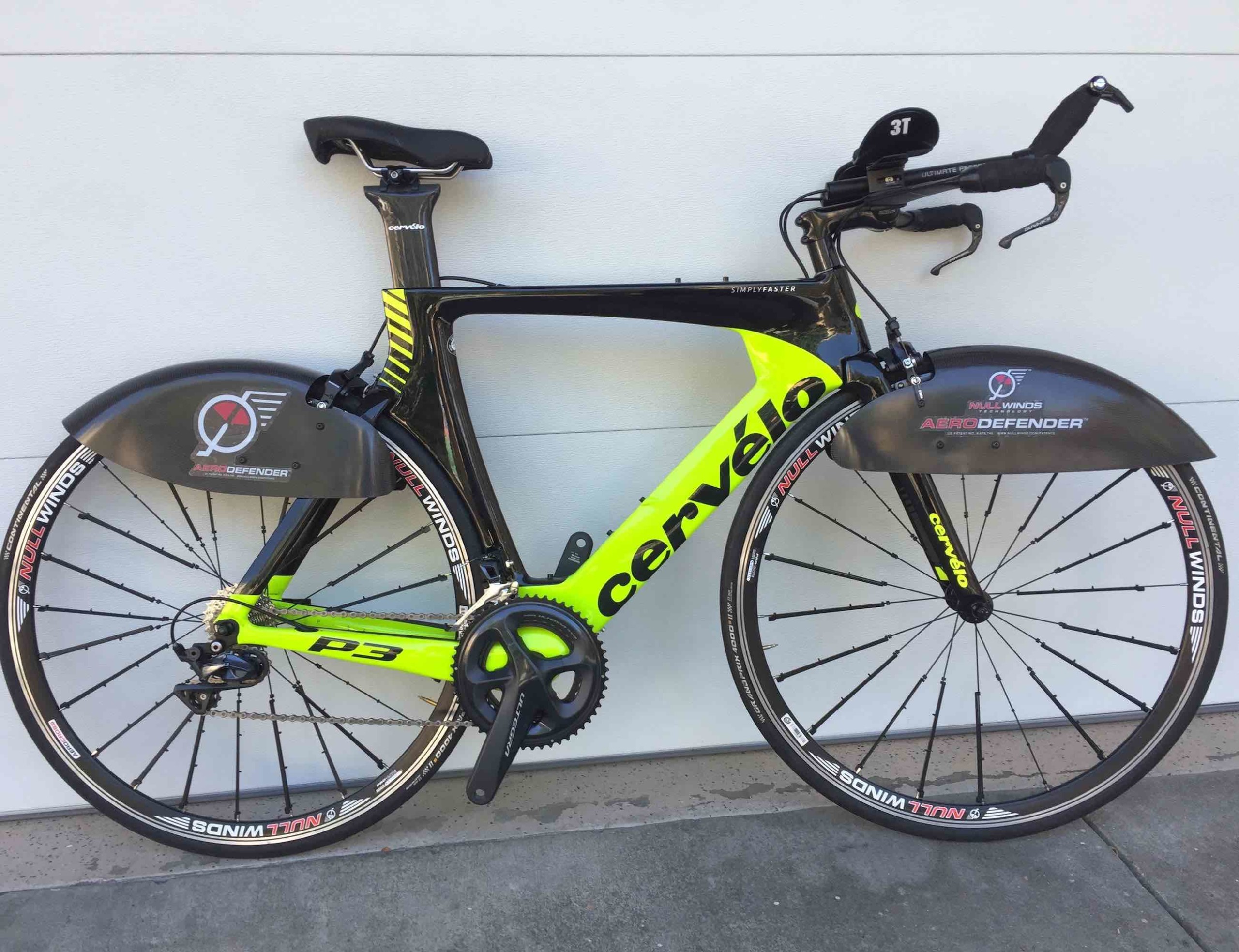ohmegatron
Rocket surgeon, MD
I made a post about converting my bike into an ebike, and the conversion is finished. I had to jerry rig a connection to the battery by just plugging the raw wires into the battery and using hot melt glue to hold it in place. Everything is running smoothly, and I've been out on a few rides. My motor is a 500w 48v bafang rear hub motor, and my battery is a 48 volt 10.7Ah. I got a pretty good deal on both of them getting them from facebook messenger, but your mileage may vary.
The battery is smaller than the one I'd hoped to get, so I'm getting 26 km out of a full charge. The full trip I normally do is 40 km, so I stop once I get into Edmonton to charge. Which is not ideal: it takes quite a long time to charge, so it's best to have a battery that has enough juice to last for the whole trip. I'm hoping to get another battery once I start getting paychecks, and I'm not sure if I'll keep my current battery as a backup, or just use the new one.
The cost is a fraction of what you'd pay for a vehicle: The kit and battery together were $500 CAD, including $50 shipping to get the kit from BC.
If it breaks down or the battery dies, it's still a bike. I can pedal to the next charge point, or finish the ride to my destination if it's close enough.
Pedaling is much more difficult. While I can pedal, and do while the motor is running to extend the range, its much more difficult. Partially because it's the start of the season and I haven't been riding, but also because the kit is pretty heavy, and the motor does produce drag.
Killing the battery on the highway sucks balls. It makes it hard to plan an arrival time so my friends can coordinate their plans.
All in all, this is great. I have no regrets, and I plan on using this until I build another one. This is great for zipping around the city, doing small errands, visiting friends, just like you would with a normal bike. The motor is a great help with hills; a hill that I would have to get out and push, I can ride up with no issues. There is quite the learning curve; if you don't know how volts, watts, and amps work, expect to do a bunch of reading. One thing I've found helpful is that volts indicate rpm, while watts are torque.
When I made the original post about it, @Forth was interested in hearing an update. So, here you go!
I have a short video I recorded testing it in use, but it doesn't seem to be uploading. I'll try again in the comments, and see how that fares.
The battery is smaller than the one I'd hoped to get, so I'm getting 26 km out of a full charge. The full trip I normally do is 40 km, so I stop once I get into Edmonton to charge. Which is not ideal: it takes quite a long time to charge, so it's best to have a battery that has enough juice to last for the whole trip. I'm hoping to get another battery once I start getting paychecks, and I'm not sure if I'll keep my current battery as a backup, or just use the new one.
Pros:
I don't pay for gas.The cost is a fraction of what you'd pay for a vehicle: The kit and battery together were $500 CAD, including $50 shipping to get the kit from BC.
If it breaks down or the battery dies, it's still a bike. I can pedal to the next charge point, or finish the ride to my destination if it's close enough.
Cons:
It does require a bit of figuring to get the parts to fit. Conversion kits are universal, not designed for any one bike in particular, so they do their best to ensure everything will fit onto whatever you're working with. But my battery is held on to the bottom of my downtube with cable ties, and in fact the whole kit is pretty much held on to the bike the same way, aside from the display which is my speedometer, battery charge indicator, headlight switch, etc.Pedaling is much more difficult. While I can pedal, and do while the motor is running to extend the range, its much more difficult. Partially because it's the start of the season and I haven't been riding, but also because the kit is pretty heavy, and the motor does produce drag.
Killing the battery on the highway sucks balls. It makes it hard to plan an arrival time so my friends can coordinate their plans.
All in all, this is great. I have no regrets, and I plan on using this until I build another one. This is great for zipping around the city, doing small errands, visiting friends, just like you would with a normal bike. The motor is a great help with hills; a hill that I would have to get out and push, I can ride up with no issues. There is quite the learning curve; if you don't know how volts, watts, and amps work, expect to do a bunch of reading. One thing I've found helpful is that volts indicate rpm, while watts are torque.
When I made the original post about it, @Forth was interested in hearing an update. So, here you go!
I have a short video I recorded testing it in use, but it doesn't seem to be uploading. I'll try again in the comments, and see how that fares.






